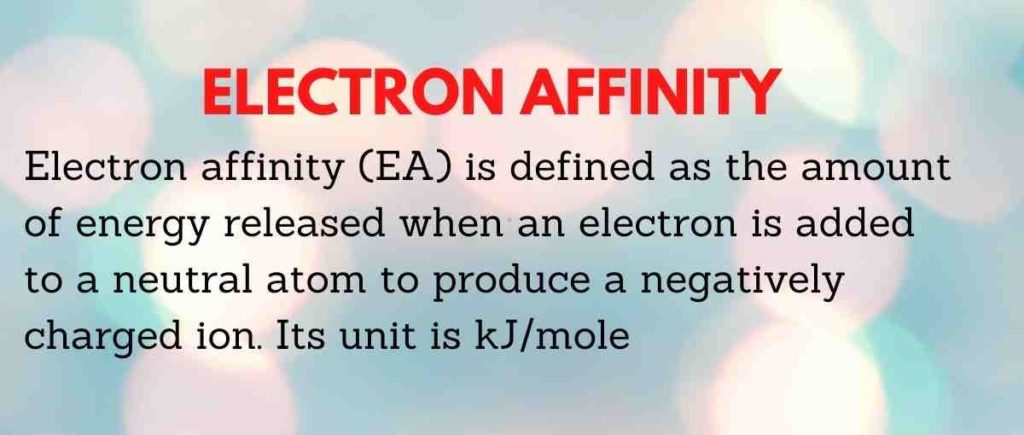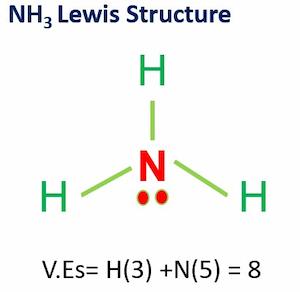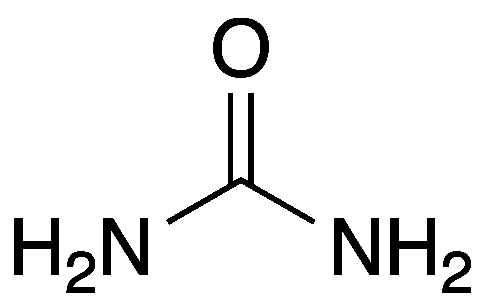An atom’s or molecule’s electron affinity is defined as the amount of energy released when an electron is added to a neutral atom or molecule in the gaseous state to produce a negative ion. Electronegativity, on the other hand, is an atom’s tendency to attract the electron density in a shared bond. Electronegativity and electron affinity are both related to electron mobility in some way. In this post, we will look at the differences between electronegativity and electron affinity. Keep reading to know more about electronegativity vs electron affinity
Table of Contents
Electronegativity vs Electron Affinity
| Electron Affinity | Electronegativity |
| Electron affinity is a property of an isolated atom in the gaseous state. An isolated atom refers to an atom that exists separately without any bonding with other atoms. The only stable isolated atoms (room temperature) are the noble gases and probably mercury. | Electronegativity is a property of an atom in a molecule. An atom is the smallest unit of matter that holds all of an element’s chemical properties. |
| Electron affinity is a relative number. | Electronegativity cannot be measured directly. It is measured on a relative scale rather than in energy units. When all elements are compared, the most electronegative element, fluorine, is assigned an electronegativity value of 3.98. |
| The highest and lowest electron affinity elements are Chlorine and Neon respectively. | The most and least electronegative elements are Fluorine and Francium respectively. |
| electron affinity is higher when the nuclear charge is higher. | Electronegativity is higher when the element exhibits a strong attracting ability. |
| electron affinity is said to be fixed because the electron releases almost similar energy whenever added to an atom. | The value of electronegativity lies between 0.7 to 3.98. |
| chlorine is known to be an element with the highest electron affinity. | Fluorine is known to be the most electronegative element |
| Atomic size, Nuclear charge and Electronic Configuration of the atoms are the factors that affect electron affinity. | Atomic number and distance between the valence electrons and the charged nucleus are the factors that affect electronegativity. |
Electron Affinity
Electron affinity is defined as the change in energy (kJ/mole) of a neutral atom (in the gaseous phase) when one electron is added to it to form a negative ion (EA). In other words, EA denotes the probability of a neutral atom acquiring an electron. In layman’s terms, electron affinity is the amount of energy released when an electron is added to a neutral atom to form a negatively charged ion.

Electron Affinity- Key Points
- increases across a period (row) in the periodic table, due to the filling of atom’s valence shell
- decreases down the periodic table groupings because the extra electron fills an orbital further away from the nucleus.
- A molecule or atom having a greater positive EA value is an electron acceptor.
- The positive EA value of an electron donor is lower.
An atom’s ability to attract electrons is called electronegativity, and the amount of energy released when an electron is added to a neutral atom is called electron affinity. They follow the same pattern (increase as you go across and decrease as you go down the periodic table).
| fluorine | 328 kJ/mol |
| Oxygen | 141 kJ/mol |
| Chlorine | 349 kJ/mol |
| Lithium | 59.6 kJ/mol |
| Phosphorus | 72 kJ/mol |
| Sulfur | 200 kJ/mol |
| Bromine | 324.6 kJ/mol |
| Magnesium | 0 kJ/mol |
| Neon | 0 kJ/mol |
| Silicon | 133.6 kJ/mol |
Electronegativity
Electronegativity is the tendency of an atom in a chemical bond to attract electrons to itself.
The bigger the difference in electronegativity values between atoms, the more polar the chemical bond formed between them.
Electronegativity Key Points
- Electronegativity value increases moving from left to right across a period.
- Electronegativity generally decreases moving down a periodic table group.
This correlates with the increased distance between the nucleus and the valence electron. - The most electronegative element is fluorine (3.98).
The least electronegative element is cesium (0.79).
Quick Links
Molar Mass of Acetic Acid| Easy-Explanation
Concentration Gradient Definition
Sodium Phosphate – Formula, Structure, Types, and Uses
Sulfurous Acid| Formula & Lewis Structure
Valence Electrons in Nitrogen
Frequently Asked Questions
1. What is difference between electronegativity and electron affinity?
The amount of energy released when an electron is added to a neutral atom or molecule in the gaseous state to generate a negative ion is described as electron affinity. Electronegativity, on the other hand, is the tendency of an atom to attract the electron density in a shared link. Electronegativity and electron affinity are both connected in some manner to electron mobility.
2. How many electrons does oxygen have?
A single oxygen atom has eight protons, eight electrons, and eight neutrons.
Oxygen is a stable isotope of oxygen with a nucleus of 8 neutrons and 8 protons. Its mass is 15.99491461956 u. Check full topic “How many electrons does oxygen have?”.
Moare Interesting Topics
What is a State Function?
The Density of Water lbs/U.S ga
is carbon dioxide a pure substance?
Is Air a Homogeneous Mixture?
How Many Neutrons Does Hydrogen Have?
- BCl3 Lewis Structure in four simple steps - November 1, 2023
- PH3 Lewis Structure in four simple steps - October 8, 2023
- PF3 Lewis structure in four simple steps - September 24, 2023



